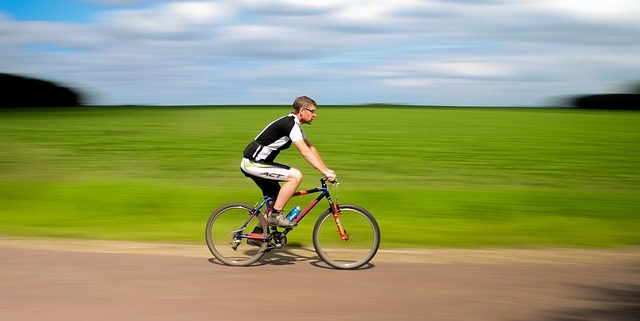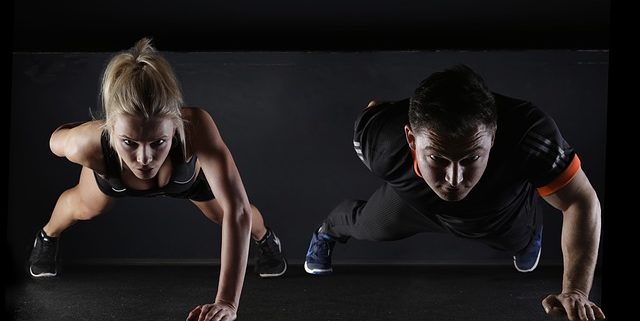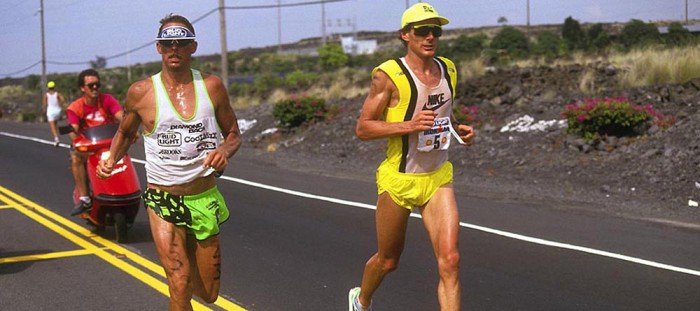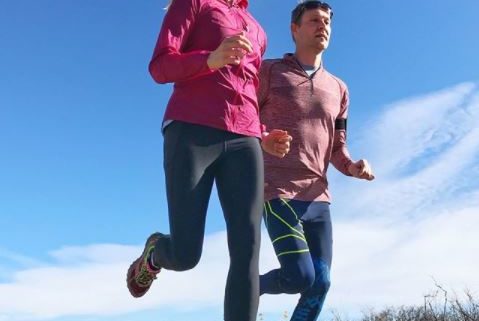5 Signs You Should Slow Down Your Workout
You wake up tired, yet you still push yourself to go to that 6 a.m. Spinning class. After all, you’re trying to foster healthy habits. But according to Mark Allen and Brant Secunda, the authors of Fit Soul, Fit Body: 9 Keys to a Healthier, Happier You, those high-energy workouts could be doing more harm than good.
“High intensity equates to high stress, even if there is a part of it that feels good to a person,” explains Allen. “In small doses this is fine. However, as a staple of your exercise [regimen] it causes the negative effects of stress hormones to set in and can lead to lack of motivation, depression, lack of mental acuity, irritability, and injury.” He adds, “Slowing down from exercising at high intensity helps the body to gain fitness in a way that is sustainable over time and that is low stress.”
Below Allen and Secunda share five telltale signs you should slow down your workout routine.
SIGN #1: You’re feeling burned out.
Pushing the envelope in your exercise will always lead to burnout over time. So drop the intensity down to a level where you end the workout feeling much fresher than when you start. Also, listen to your body. If you feel discomfort, or if you feel like you have try really hard to keep the workout momentum going, slow things down to a point where you are able to look at the world around you and feel a sense of enjoyment in your workout.
SIGN #2: You lack a good night’s sleep.
You fall asleep easily but wake up feeling like you were run over by a truck. You keep waking up numerous times in the night. You feel big dips in energy and sleepiness during the day. If you suffer from any of the above, it’s an indication to take it a bit easier in your training. Along with swapping heart-pumping cardio sessions with low-impact workouts, try cutting back on caffeine, especially in the afternoon. Replace that coffee pick-me-up with a short walk outside. It will help you get through the rest of the day, and it will help you sleep better at night.
SIGN #3: You’ve had sudden changes in weight and appetite.
Rapid weight loss (or gain) as well as any fluctuations in appetite levels could mean your body needs time to recuperate from any high-intensity activities. Slow down your workout, up your protein intake, and reduce carbs (especially in snacks). Opt for almonds instead of cookies, or crackers and hummus instead of chips. This will help regulate blood sugar as well as give your body more of the building blocks it needs to repair itself.
SIGN #4: You have body pains or injuries.
Sore muscles are normal, but any sharp or chronic pain is a sign that your body has reached the limit of what it can take. Stop trying to set a personal record during each workout, and reduce muscle and joint stress with easy to moderate exercise. Also try a new activity if one is causing you some discomfort. For example, if a knee hurts when you run, try cycling or swimming instead. It may not be your first choice of exercise, but the variation will give an ailing part of your body some extra time to recover.
SIGN #5: You have an elevated resting heart rate.
Pay attention to your heart rate when you wake up in the morning. If it reaches five (or more) beats above normal, this is usually a sign to take things down a notch. On top of reducing your exercise effort try drinking some extra glasses of water throughout the day. This will help to reduce another cause of an elevated resting heart rate: dehydration. Staying hydrated is especially important in the spring and summer months when the heat can make workouts even more challenging.
Reposted from theahhmoment.blogspot.com





